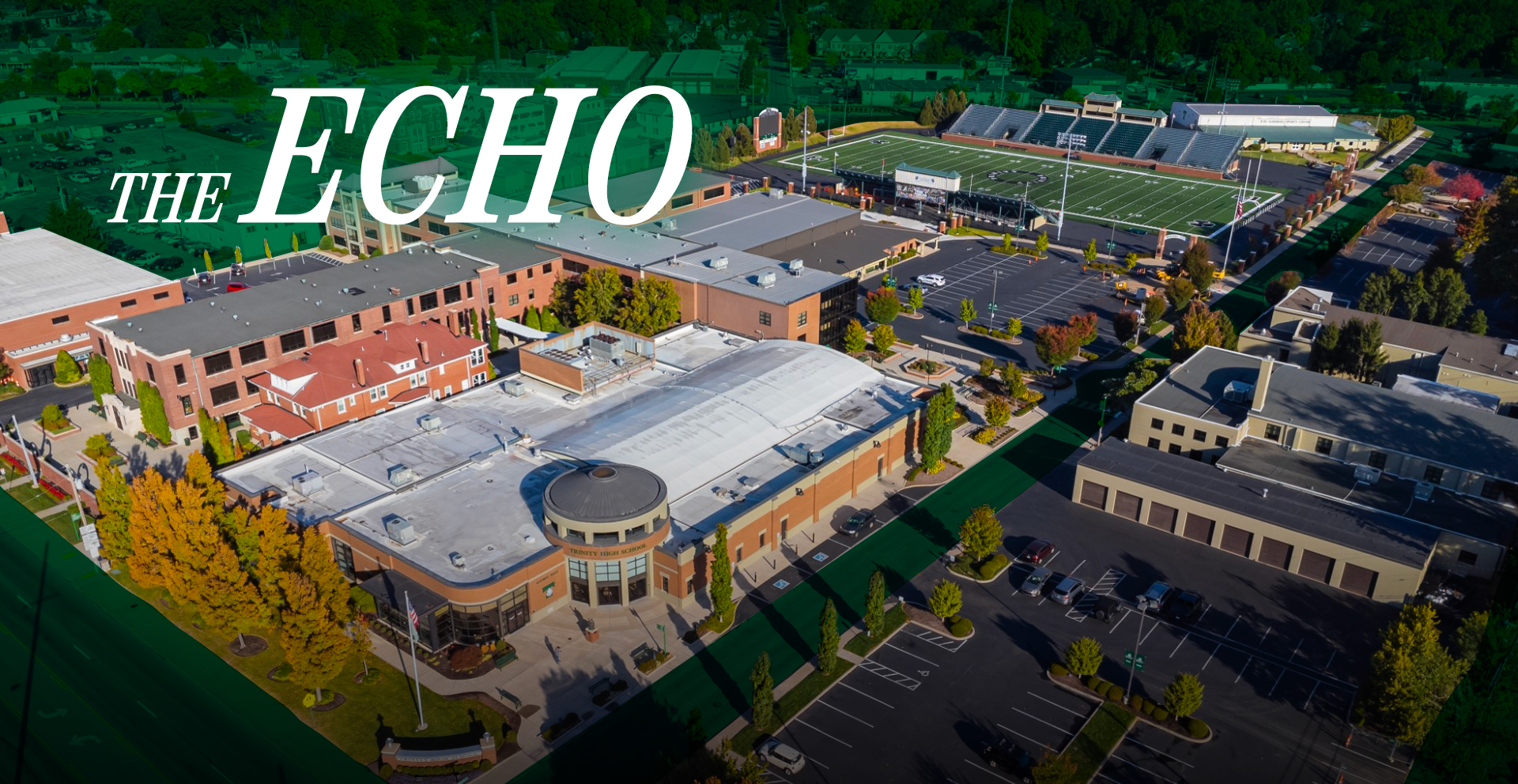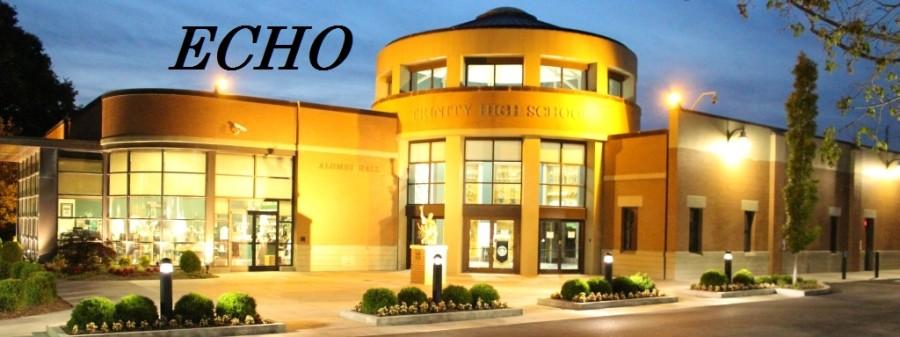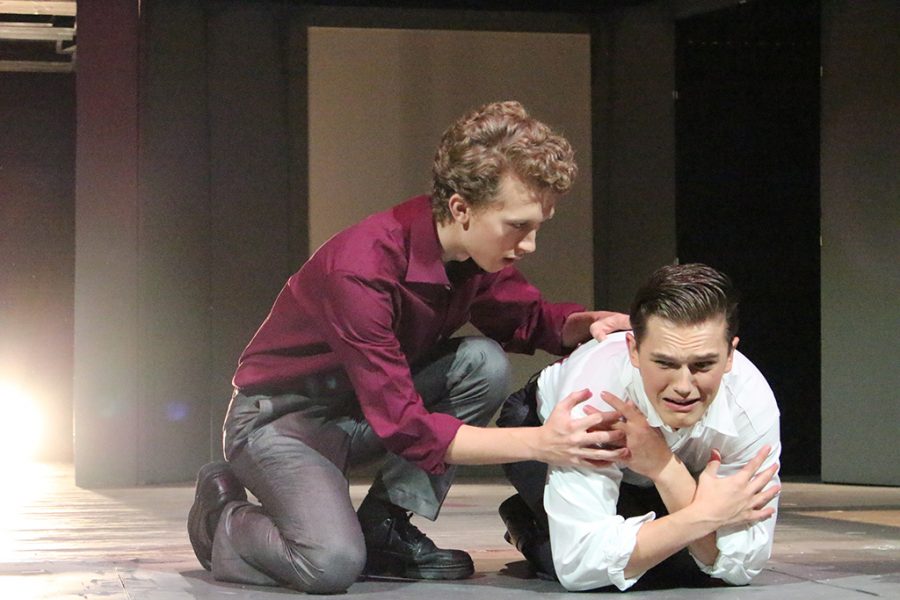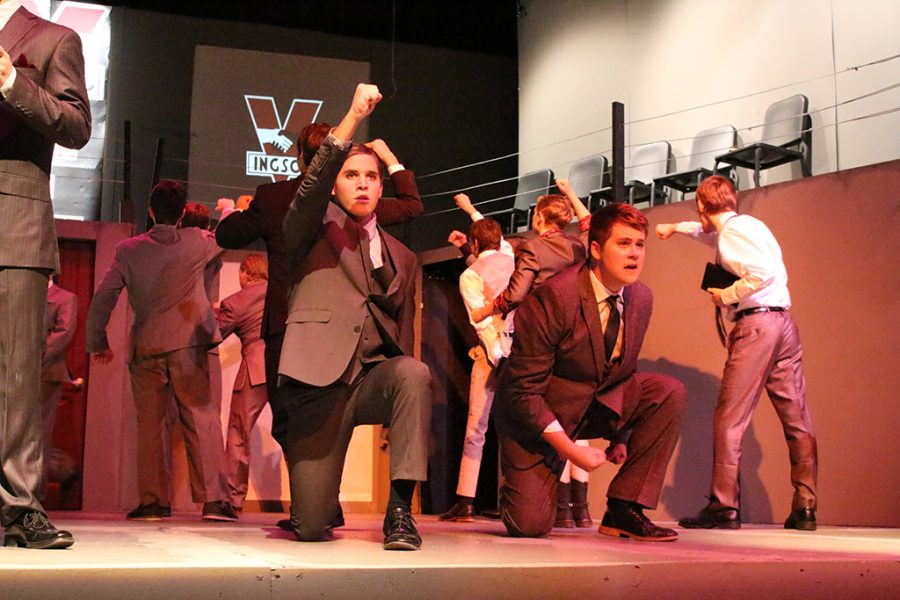Rocks Bring Orwell’s Dystopia to Life
A powerful scene from “1984.”
December 7, 2018
Big Brother is watching Big Brother.
And he is watching YOU.
Big Brother O’Brien asks, “What’s in Room 101?” Winston replies, “The thing that’s in Room 101 is the worst thing in the world.” O’Brien says, “The worst thing in the world varies from individual to individual. It may be buried alive, or death by fire, or by drowning, or by impalement.”
Winston sees the rats in the cage getting ready to be released, his biggest fear almost upon him. “The rats are starving. Once the gate opens, they will leap onto your face and bore straight into it.” Winston cries, “Please. You can’t! Rats can strip all the flesh from a human in a matter of minutes.”
Winston cries out to the audience, “Help me! You have to do something!”
For its fall production, the Trinity Department of Theatre Arts presented George Orwell’s “1984,” a time when most of the world’s population have become “victims of constant war, infinite government surveillance, and propaganda.”
Oppressive, dark and cold. These are the words set director J.C. Reedy used when describing the design.
“1984” was a serious opening to the theatre season, a very “intense play, not very physical but focuses on the psychological,” said actor Nick Loper, a senior who played Winston Smith/Host.
The story promotes three conflicting ideas: “Freedom is Slavery, War is Peace, and Ignorance is Strength.”
These paradoxical themes “show the truth of everything,” said actor Nate Caudill, a junior who plays the interrogator in the play.
“1984” is a play that shows a time that makes people think about how far we have already come in creating this dystopian world.
“We are the masters of our lives, and it is both our personal and social responsibility to understand we control technology,” producer and artistic director Kate E. Reedy said.
Scenic designer J.C. Reedy said when sketching and thinking about the design of the stage, he wanted to have a “two-story set with a TV set integration and an underground garage-style stage.”
J.C. Reedy said he wanted to illustrate “the dominance of the party and having screens on top and bottom showing that everyone is always being watched.”
He used color themes for the set and actors: “Gray means neutral party members, white means away from the party members, and black means hardcore loyal members to the party.”
Every actor on stage wore an electronic device, showing the device and the lifestyle we live in today.
Costume designer Donna Lawrence-Downs said the brownish color marron has a central theme throughout the play, seeing it on actors’ clothes, lighting and background. She said the actors wear “futuristic suits showing how loyal they are to the party.”
Reactions to the play were very positive — from the acting to shining a light on a modern-day, relevant issue.
Junior Dean Ortego said of the production: “Great piece of work and very timely.”
“The acting was very good and very chilling, very dramatically done and imaginative,” Josh Huff said.
Kate E. Reedy’s director’s notes say it all: It is a society characterized by “oppression, misery, and often a totalitarian form of government that attempts to stomp out individual freedoms in favor of the state’s absolute power.”
The question being left asked is “Do we have control of the technology, or does it have control of us?”



